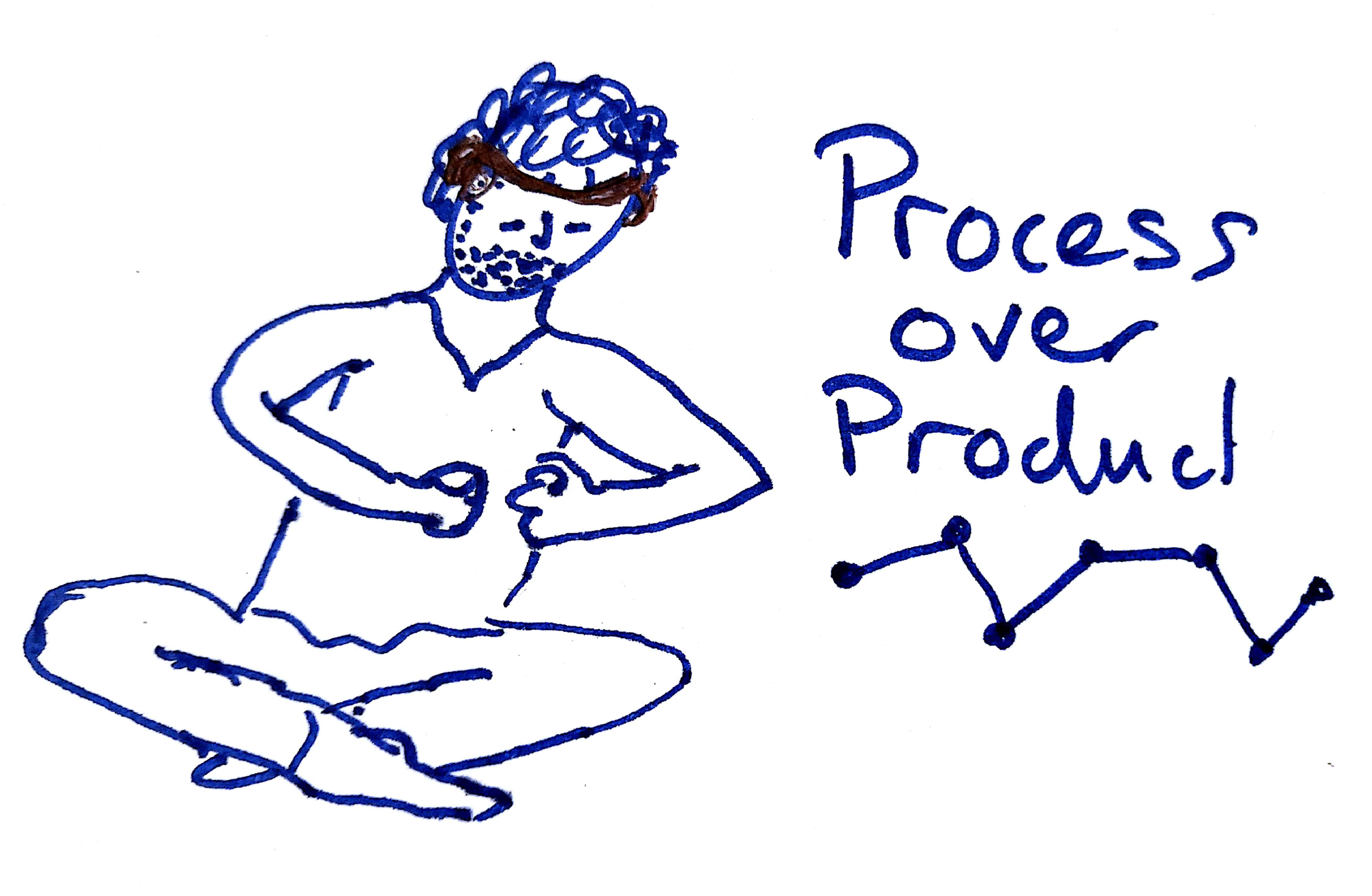
Enhancing self awareness through mindfulness
Observing our feelings and emotions in our body, and being conscious of what meaning we place on them
by: Peter Torr Smith
21st September, 2018
Tags/Categories
Mindfulness and self awareness
What is the relationship between mindfulness and self awareness?
Mindfulness brings a separation from our being and our emotions. We observe and acknowledge, both internal feelings and thoughts and our external experiences. We can choosing to just observe, to create some space between what we see, hear and feel, and our judgement and response to those. This way we become very aware of what emotions, feelings, thoughts we have, and can chose to see them as things that are happening within us, but are not us.
An analogy of emotions are like clouds, which float through the sky. Some are small, light and fluffy, some can be dark and gloomy and hang around for a while. But we can see them for what they are, and know they come and go, and we can decide to enjoy the sun, seek some shelter with a good book by the fire, or dance in the rain. This is the essence to emotional awareness, being aware of our emotions, their effect on us, without automatically being consumed by them.
Emotional awareness is considered a foundation for self awareness, which we can use to be honest with ourselves about our values, concerns, strengths and limits, which in turn can give us the confidence to be ourselves in situations.
The author suggests that with time, being mindful when looking inside ourselves at our feeling and emotions, we can bring greater clarity to our observation of them. Clarity is in both resolution and vividness. Resolution in terms of noticing feelings and thoughts as they happen, as things we observe and can sense happening, and the subtle changes and differences between them. Vividness in terms of seeing them clearer for what they are at the time.
Self awareness, as proposed by Daniel Goleman, can be seen in terms of three core competencies:
- Emotional Awareness
- Accurate self-assessment
- Self-confidence
Mindfulness teaches us to become very aware, or observant, of our emotions, and see them as things which we can decide how to treat or react. This is the essence of emotional awareness, that we are not kidding ourselves about who we are or what we feel, but we are more and more becoming less caught up in them.
Whilst emotional awareness operates at our physiological level (our mind and body), self-assessment operates at the level of what meanings or values we place on the emotions and feelings we observe and are aware of. The more we are aware of how we do, or have been, feeling and reacting to those feelings, the more we can decide if they, and our response and actions, are part of our strengths or limits, and if we want to build on our strengths, acknowledge our limitations, or put effort into changing parts of our lives.
Self-confidence is described as being comfortable with your limitations in some areas, being humble and open, whilst at the same time being aware of our strengths and value in others. This is not about being great at everything, but being comfortable in most situations knowing that we have areas we are strong in to contribute, whilst being at peace with ourselves, and open to learning, in other areas.
The author suggests that as mindfulness is very much about emotional awareness, which is the basis for more accurate self-assessment, which contributes to greater self-confidence.
He also suggests that they are very much one and the same thing, as he points out two well-known authors on their subjects define them in very similar ways:
"Self-awareness . . . is a neutral mode that maintains self-reflectiveness even in the midst of turbulent emotions.”Daniel Goleman
“Mindfulness means paying attention in a particular way: on purpose, in the present moment, and non-judgmentally.”Jon Kabat-Zinn
He suggests mindfulness and meditation alone can help develop our self-awareness, but suggests some more targeted formal self awareness practices can also help.
Self Awareness Practices
The author outlines two activities, beyond our normal mediation:
- “Body Scan” - to work at the physiological level, observing emotions and feelings in our body, and thus building our emotional awareness. This is simply systematically brining non-judging attention to parts of our body. What sensations we feel is not important, they important thing is attention.
- Journaling - working at the level of meaning and value we place on our feelings, to help us refine our self-assessment, to be honest.
Try at least one of the self awareness practices from the chapter
I chose to do a body scan session, which I then followed with a muse meditation. It felt good to take the time to do these. I actually used a guided body scan meditation audio I found on Spotify (saw some others were on YouTube also).
I journal a lot anyway, although my journaling isn’t so much about my feelings and is more a notebook of to-dos and lists and ideas and drawings. So I did the Journaling for Self-Assessment exercise in the book. I did it electronically in a secure place so that I know it’s just for my eyes only and so I can be honest with myself, express my fears and hopes and frustrations, and not worry about the form or structure the writing in the journal takes.
What was your experience of it? How did you feel?
Body Scan:
The key thing I enjoyed from the body scan was letting the focus be on my attention, and not what or if I was feeling anything in any part of my body. The author points out that “...the important thing is attention, not sensation”. So instead of my trying too hard to find, feel and “emotify” any physiological sensations, I was just allowing myself to keep bringing my attention back to each part of my body and trusting the process.
Journaling
As I did not write in a physical notebook (which others could find / read) but instead wrote in a private electronic place, I found myself empowered to write about experiences and feelings in a non-caged way. I had to remind myself to do this, as I’m so used to being aware of what I say and write. It was quite liberating, and I went way past the 2 minutes per prompt in the book’s exercise. Clearly blatent self honesty, when not just rambling thoughts in our minds, but actually written down, seems to be a bit more real, and useful, and conducive to taking action. We will see :-)
"My Emotions are Not Me"
What did you take away from the "My Emotions are Not Me" section?
The author suggests that with more mindfulness practice, we can start to shift from our emotions being seen as part of us (“I am sad”), to something that we feel happening in our bodies (“I feel sad”). This separation allows us to observe, almost as a third party, the emotions we are feeling, to create some space or gap between that feeling and our identity and our reaction. With looking at our emotions decide if or how, and when, we want to react, instead of feeling like we are that emotion and can’t escape it and that we must react (e.g. with more sadness or self-criticism).
We can decide that those feelings are just there, but they are not me, and I will observe them and let them be or pass on, but I can decide more constructively if, how and when I will respond (with a smile to myself to remind myself I’m good, or a walk with a friend, or not giving that angry thought and emotion any more energy and choosing to let it go, and again when the feeling arises again).


